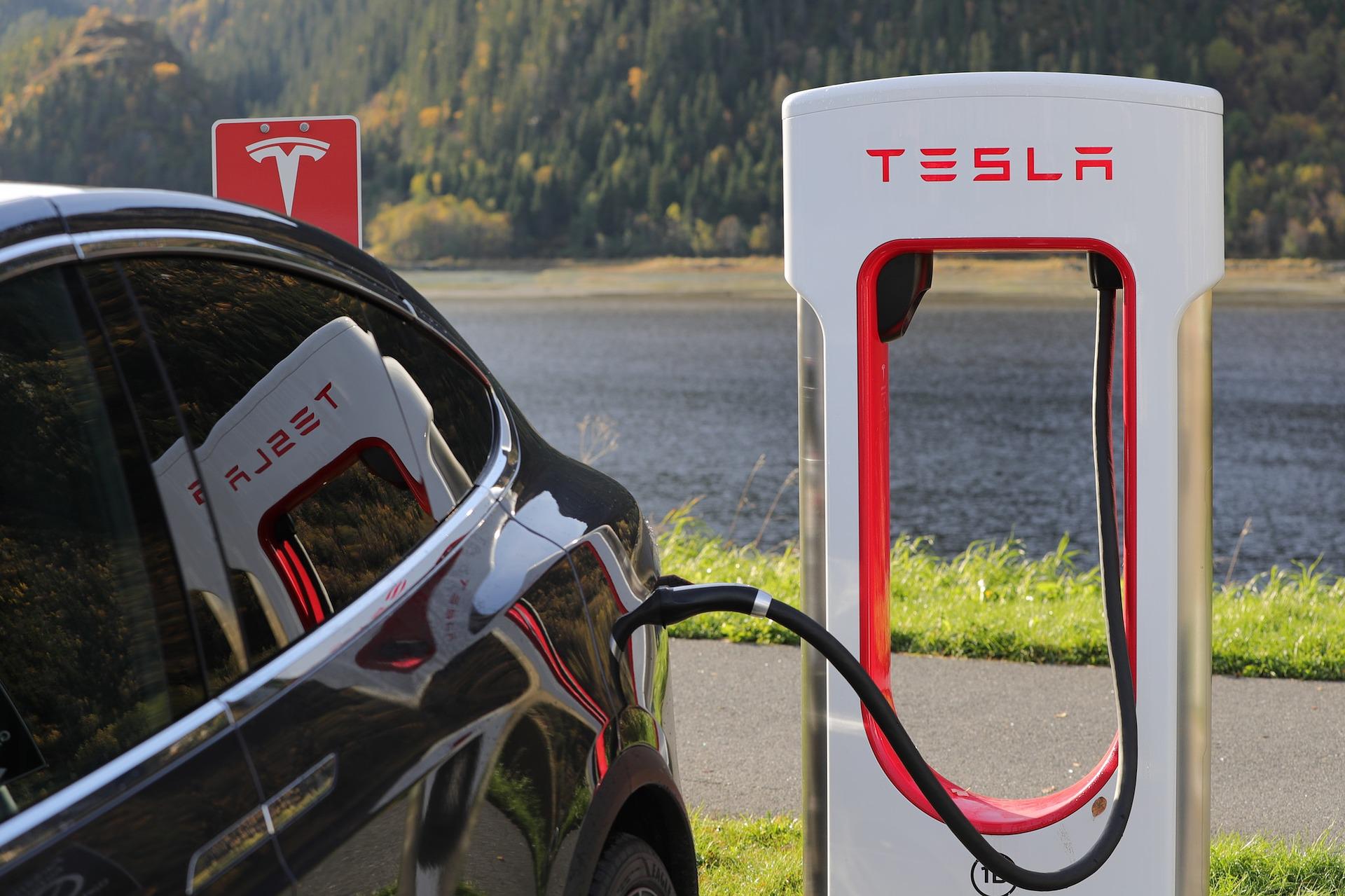Electric vehicles, more commonly known as EVs, are enjoying increased popularity in this region and around the country. Any new car purchase now includes the potential of an EV or HEV (hybrid- electric vehicle), and although predictions vary, some experts think the vehicles are poised to replace gas-powered cars in the future. In the past year, sales of EVs spiked up 26% in all top three auto markets.
The electric vehicle market is going to become increasingly competitive, as over a dozen new models at expected to launch over the next 12 months. As of this writing, the Tesla Model 3 is the most popular EV, while the Smart EQ For Two is the most affordable electric car on the market currently.
Here are some of the primary EV statistics that people are talking about.
The United States and Global EV Adoption
- 851,489 new passenger electric vehicles were registered in 2022, a 60% increase over last year.
- Estimates suggest that 10% of new cars sold globally in 2022 is battery-electric.
- In Q1 of 2022, electric car sales in the U.S. climbed to a record high of over 200,000 vehicles. Although this sounds impressive, the United States is still considerably behind China and Europe in the adoption of the EV overall.
- Not surprisingly, California leads the United States in purchases of electric vehicles. State residents purchased 39% of all EVs in the country while only representing 12% of the population.
- The US government has established a target of 50% EV vehicles by the year 2030. Europe has set a similar goal, while China is expected to reach 70%.
- Electric vehicles are expected to outsell diesel vehicles by the end of 2022.
Facts About Charging Your Electric Vehicle
- The standard electric car charges in approximately eight hours utilizing a ‘fast’ 7kW charger point.
- Many EVs are compatible with rapid 50kW chargers, allowing for approximately 100 miles of charge in 35 minutes.
- In 2022, there were an estimated 113,600 public charging stations in the United States, but over 41,000 of those stations are in one state – California.
- Florida currently has 2,400 charging stations throughout the state, or one for every 19 electric vehicles registered here.
- Florida plans to install a charging station every 40 miles along the state highway system by 2025. By 2035, the state aims to offer charging stations every 25 miles.
- The average range of battery EVs is expected to exceed 300 miles by the end of next year.
- The battery cost of EVs has dropped from $1,200 per kWh in 2010 to an average of USD $132 per kWh in 2022.
Judging by the direction of manufacturing, legislation, and infrastructure planning, we can expect to see the EV market grow and expand in the coming years. EV technology is evolving, and experts expect range and charging capability to continue to improve.
Still, the outlook is not entirely rosy, at least in the short term. This summer (2022) has been especially hot and caused rolling power outages – making it more difficult to charge and use the vehicle. While the situation is getting better, many drivers still struggle to find enough public charging stations along their route – and worse yet, may encounter long lines when they do find the station.
One solution for EV car owners is to consider installing a permanent charging station at their homes. If their driving habits are fairly routine, they can charge their car fully overnight and plan the following day accordingly. Those who drive primarily to work and around town should find that public charging stations will not be necessary.
If you live in the Sarasota area and are interested in learning more about installing a private charging station for your new EV, call Promise Electric today. Learn more about our EV services.



